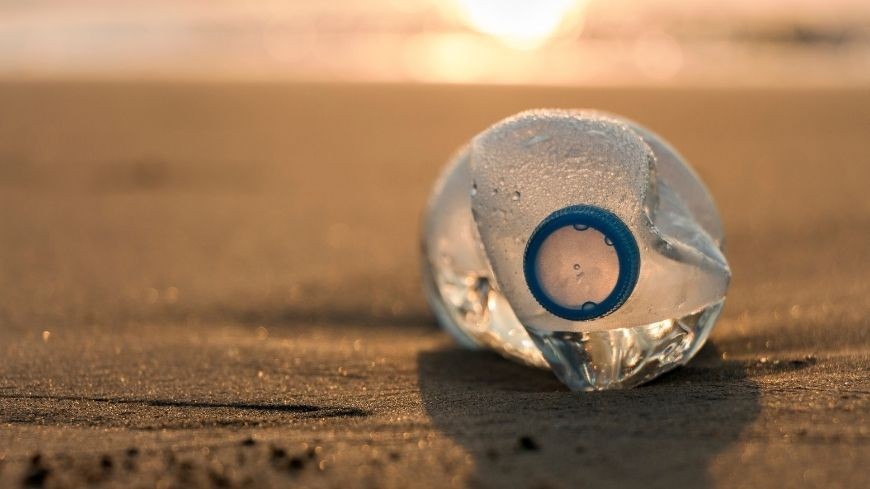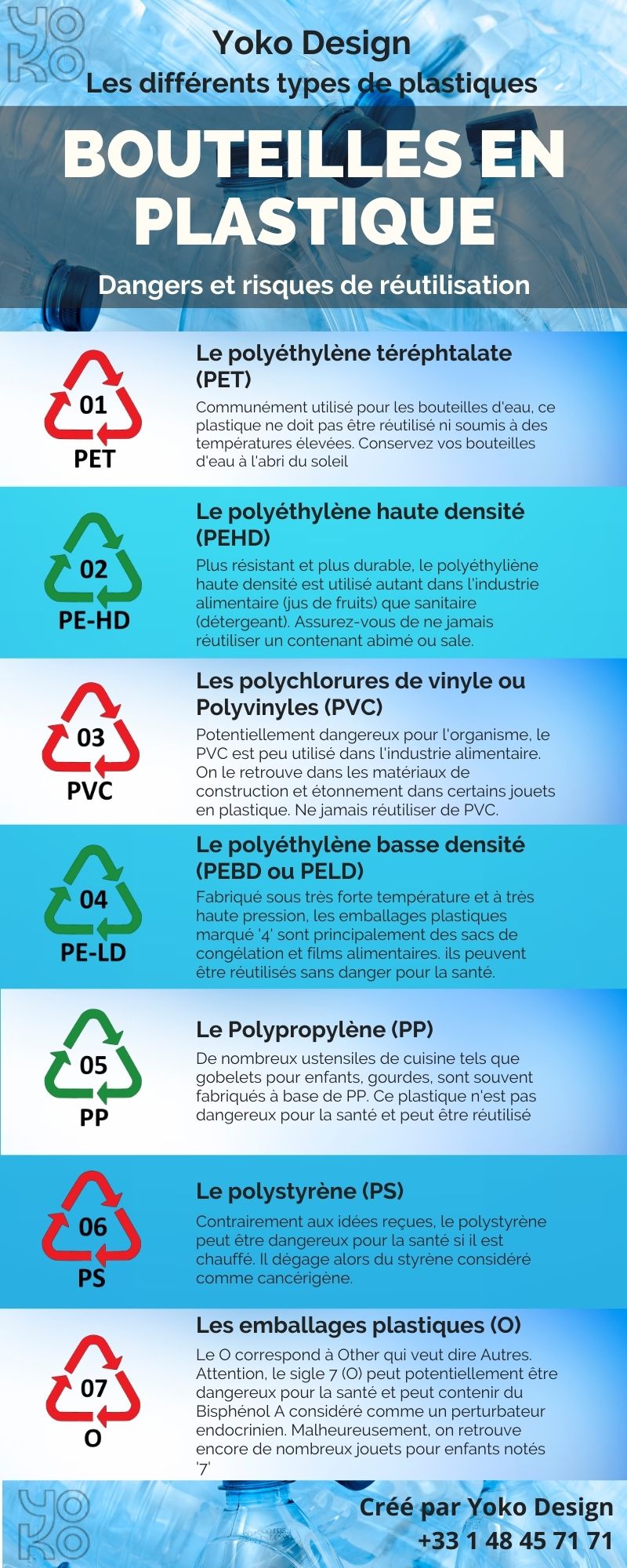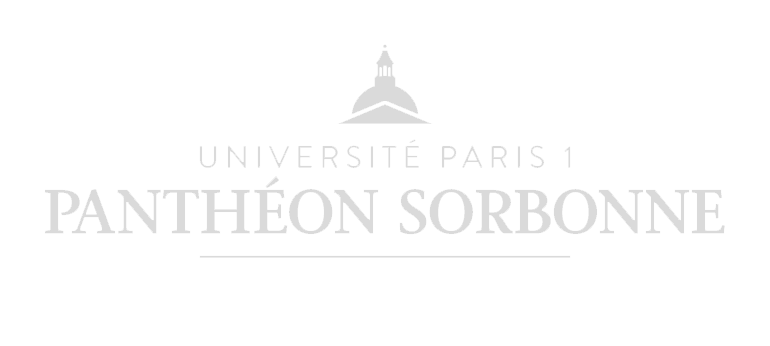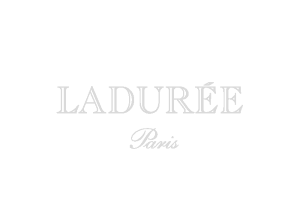Plastic bottles - dangers and risks of reuse

Most manufacturers of water bottles and other plastic containers believe that their products should be single-use. But some environmentally conscious people, or those who need a one-time use container, may be tempted to refill them and use them again. Although we at Yoko Design are committed to environmental responsibility, zero waste and ecological as well as economical reuse of the containers we offer, in this article we will explain how to recognize the different types of plastic and their impact on your health.
The different types of plastic used in household packaging
All plastic containers have a number printed in a triangle to indicate the different chemical components in the plastic used. If you need to reuse plastic bottles, or if you are used to doing so, you owe it to yourself to understand what these numbers mean and what uses you can make of them. The plastics used in the industry correspond to numbers from 1 to 7, our explanations:
Plastic packaging 01-PET
Polyethylene terephthalate (PET) corresponds to the number '1' on your bottle. This light plastic is used for water bottles, most soft drinks and sauce containers such as mayonnaise, tomato-based preparations and others. This plastic is most often used for all types of food packaging.
For single use, polyethylene terephthalate bottles are considered safe. However, at high temperatures, there is a risk of leaching (which is a dissolution of the components) of a chemical called antimony trioxide, which is known to be an endocrine disruptor.
Nevertheless, properly stored at ambient temperatures, the risk of leaching remains low and 01-PET plastic packaging is safe, as long as the bottles are kept in a cool place to minimize any danger of chemical dissolution and contamination of the water you consume.
Plastic packaging 02-HDPE
High density polyethylene (HDPE) is the number '2' on your household plastic containers. HDPE is a stronger, more durable plastic. It is therefore a good material for detergent bottles, liquid soap containers and other shower gels. High density polyethylene is also used for fruit juice bottles and milk bottles with screw caps.
For reuse, plastic containers marked '2' are not considered a health concern by health authorities. Of course, you must make sure that you always use a clean container, never damaged. The risk of chemical 'leakage' from high density polyethylene remains low, although over time and with repeated use, the wear and tear on the plastic, and therefore the risk, increases.
Plastic packaging 03-PVC
Polyvinyl chloride, also known as polyvinyl chloride (PVC), is the number '3' in plastic packaging. Potentially dangerous for the organism, when it is heated or in contact with fatty substances, PVC is little used in the food industry. However, it is found in the composition of many children's toys. The insulating properties of PVC (electrical, sound and thermal insulation), as well as its impermeability (liquids as well as gases) make it a plastic widely used in industry. PVC is mainly used in housing and construction, coatings, furniture, window frames, partitions and other pipes are all applications that are recognized. It can contain phthalates and Bisphenol A (BPA) which makes it potentially dangerous for the body. You should never reuse plastic marked '3' for food use.
04-LDPE plastic packaging
Low Density Polyethylene (LDPE), also known as PELD, is the chemical element found in plastics marked '4'. This type of plastic is found in plastic packaging such as freezer bags, garbage bags, trays, food films. Type '4' plastics are considered safe for health, and do not present any particular toxicity to date. The manufacturing process of LDPE, obtained by polymerization of ethylene under very high pressure at around 200°C, makes it a very compact plastic, and does not create 'leaching' of chemicals in contact with your drinks or food. You can therefore reuse your '4-PEBD' plastic bags without any danger to your health.
Plastic packaging 05-PP
Polypropylene is the chemical substance found in the composition of plastics marked with the acronym '5'. Health authorities consider polypropylene to be safe for the body. PP is found in children's cups, some reusable sports bottles and some reusable plastic food containers. If you need to reuse a plastic container, choose one marked with the '5' sign. Other features of polypropylene are that it is odorless, grease resistant, non-decomposing and recyclable.
Although polypropylene is not harmful, it should not be heated in the microwave in direct contact with food because it is often combined with other chemicals that may be toxic to your health.
Yoko Design offers some PP plastic bottles with the PSG logo as well as 2 Tritan bottles. Tritan is a BPA-free plastic. Tritan plastic is known for its strength and durability. Much lighter than glass, Tritan plastic also guarantees a perfect conservation of the products contained. Tritan plastic does not contain any agents that cause endocrine disorders.
Plastic packaging 06-PS
PS stands for polystyrene. This type of plastic is most often used for packaging and insulation. Polystyrene can be found in some hot beverage cups, but also in the packaging of frozen foods, or meat and fish trays.
Polystyrene is considered toxic and hazardous to health. When it is not heated, polystyrene keeps a good physical stability, but when heated, for example during a hot cutting, it releases styrene, considered as carcinogenic. Styrene has a strong potential to irritate the eyes, nose and throat and can quickly cause nausea and headaches. Polystyrene is by extension considered harmful to the brain and nervous system. You should not reuse polystyrene packaging to store your food, and under no circumstances should you heat or burn it.
07-O plastic packaging
The "O" stands for Other, which means all other types of chemicals used in the manufacture of plastic.
The "7" is the identification code for plastics that do not fit into any other category. Some water bottles in this category may contain bisphenol A, also known as BPA. This type of plastic is also commonly used in the manufacture of many plastic toys. BPA is a chemical that has been linked to disruptions of the endocrine system, which is responsible for regulating your hormones. The EFSA (European Food Safety Authority) warns against using BPA in contact with food, noting its toxicity to the kidneys, liver as well as the mammary glands. In addition, many people avoid products that contain BPA because of its potential impact on hormonal balance. Since January 2017 (and since 2015 in France), BPA has been banned for all food containers. Although all plastics marked '7' do not contain BPA, we strongly advise against reusing this type of plastic in contact with your food or drinks.

Plastic bottles and bacterial proliferation
Unlike stainless steel bottles and water bottles, after several uses, plastic bottles become a breeding ground for potentially harmful bacteria. This is one of the main reasons why manufacturers recommend not to reuse their containers. In fact, bacterial growth in water bottles is far more of a concern than chemical leaching, and at the slightest visible deposit on a bottle you've decided to reuse, we urge you to throw it away.
Bacterial growth can occur quickly by simply touching your bottle with your mouth. Even unfinished drinks left at room temperature can have surprising bacterial growth throughout the day. It's best to reuse plastic water bottles sparingly and wash them thoroughly, as germs spread very quickly.
In addition, wear and tear on the bottle from reuse can create cracks and scratches on the surface where bacteria can grow. With this in mind, you should forgo plastic bottles and buy a reusable bottle instead. At Yoko Design we offer you a wide range of reusable bottles and containers, made of stainless steel, glass or high quality plastic. All our products are easy to clean and are guaranteed BPA free. They are by nature reusable, eco-friendly and therefore good for the environment.
We can't close this article without warning you about the harmful effects of the microwave on plastic. When you heat your food or drinks in plastic containers, whatever the plastic used, the action of the microwave associated with the very high temperatures, are potentially harmful, and you take all the risks of ingesting toxic chemicals that will come to 'pollute' your drinks and food. You should never heat your food/drink in a plastic container in the microwave.
In summary, you should keep in mind that if you want to recycle a plastic container, you should stick to '2-PEHD', '4-PEBD' and '5-PP' type plastics, and when you do, make sure to always use clean, flawless containers, and never heat up anything food in them.











